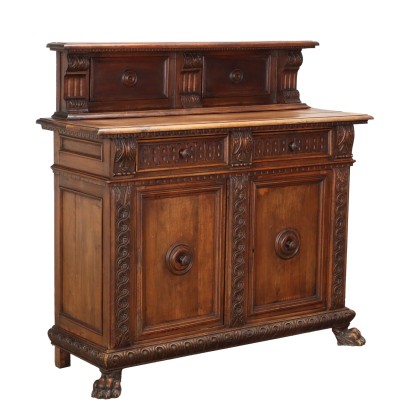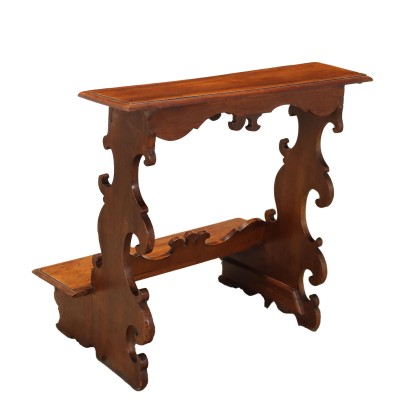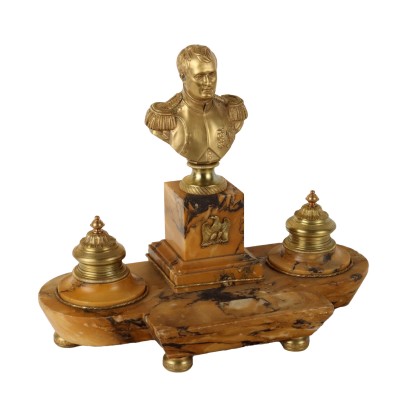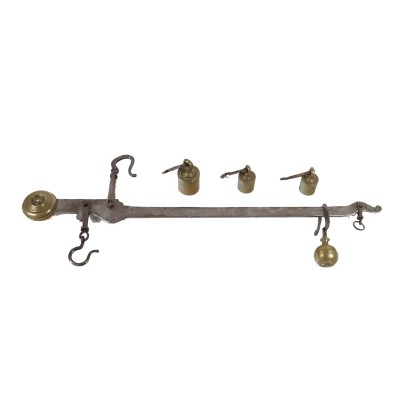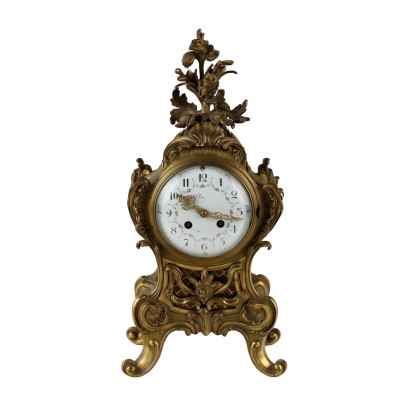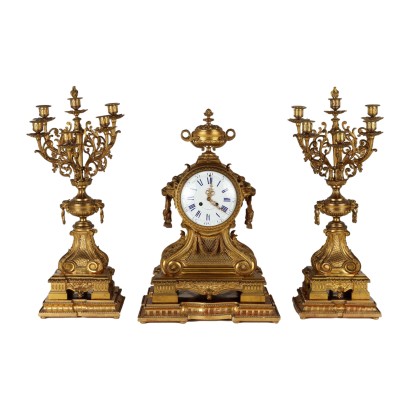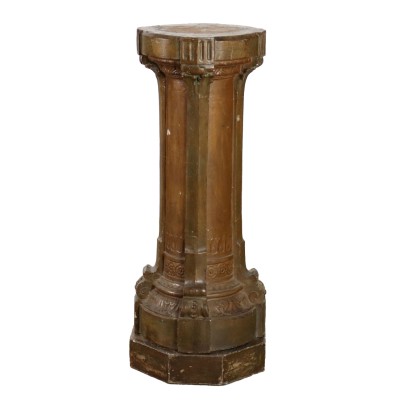Cupboard Neorenaissance Walnut Italy XIX-XX Century - Italy Late XIX - Early XX Century
Features
Italy Late XIX - Early XX Century
Style: Neo-Renaissance (1820-1890)
Age: 19th Century / 1801 - 1900
Origin: Italy
Main essence: Walnut
Material: Carved Wood
Description
Neo-Renaissance walnut cupboard, Italy late 19th - early 20th century. Upstand with plate rack function, front with pair of drawers in the band and pair of doors, lion's feet. Decorated on the front and sides with frames and carved Greek and foliaceous motifs.
Product Condition:
Product that, due to age and usage, requires restoration and polishing works.
Dimensions (cm):
Height: 143
Width: 148,5
Depth: 56
Additional Information
Style: Neo-Renaissance (1820-1890)
Nineteenth-century recovery and re-evaluation of forms and styles typical of the Renaissance.Find out more with the insights of our blog:
Classic Monday: a neo-Renaissance sideboard in dialogue with the past
The dictionary of antiques - Savonarola
Age: 19th Century / 1801 - 1900
19th Century / 1801 - 1900Main essence: Walnut
Walnut wood comes from the plant whose botanical name is juglans regia , probably originally from the East but very common in Europe. Light or dark brown in color, it is a hard wood with a beautiful grain, widely used in antique furniture. It was the main essence in Italy throughout the Renaissance and later had a good diffusion in Europe, especially in England, until the advent of mahogany. It was used for solid wood furniture and sometimes carvings and inlays, its only big limitation is that it suffers a lot from woodworm. In France it was widely used more than anything else in the provinces. In the second half of the eighteenth century its use decreased significantly because mahogany and other exotic woods were preferred.Material: Carved Wood
Other customers have searched:
Credenza, mobile da cucina, armadio, stipo, dispensa, madia..
Ecco qualche spunto dal nostro blog e da FineArt per scoprire di più sul tema credenze:
Una credenza che dialoga con il passato
Credenza doppio corpo, tesoro di intagli e decorazioni
Piccolo stipo, grande arredo
Stipo toscano a cavallo tra XVI e XVII
Credenza Barium di Luciano Frigerio
Credenza, Mathieu Befort Jeune, Parigi, terzo quarto XIX secolo
Mobile anni '60
Highboard '503' Gianfranco Frattini per Bernini
Mobile bar anni '40
Mobile Bar anni '40 '50, manifattura italiana
Sull'antiquariato in generale dai un'occhiata anche a
Classic Monday: da un pezzo dei nostri magazzini alla storia dell'antiquariato
L'antiquariato dalla A alla Z: il Dizionario dell'Antiquariato
Il dizionario dell'antiquariato - Lastronatura
Il dizionario dell'antiquariato - Mascherone
Il dizionario dell'antiquariato - Natura morta
Il dizionario dell'antiquariato - Opificio
Il dizionario dell'antiquariato - Pastiglia
Il dizionario dell'antiquariato - Savonarola
Il dizionario dell'antiquariato - Rosone
Alternative proposals
It could also interest you



